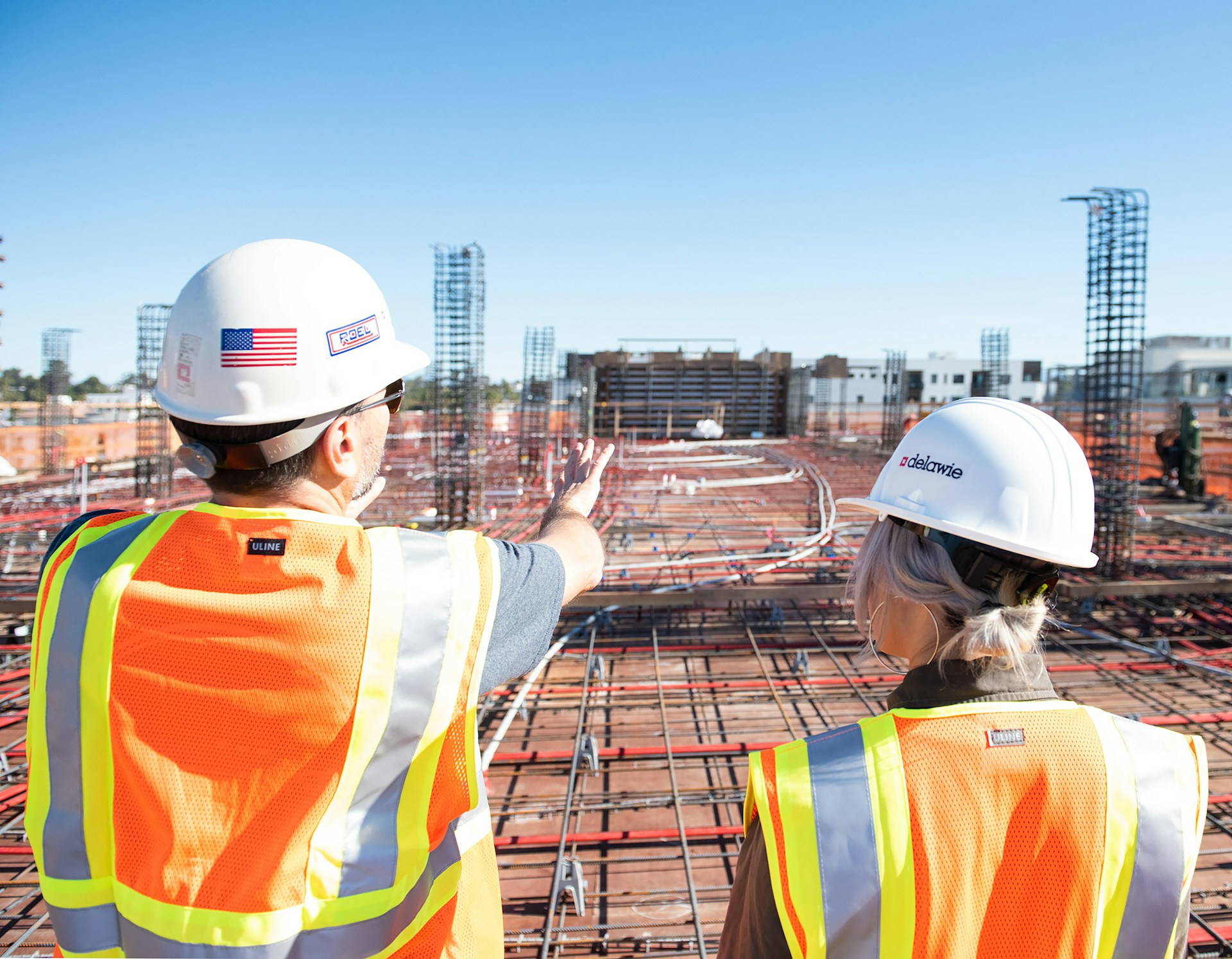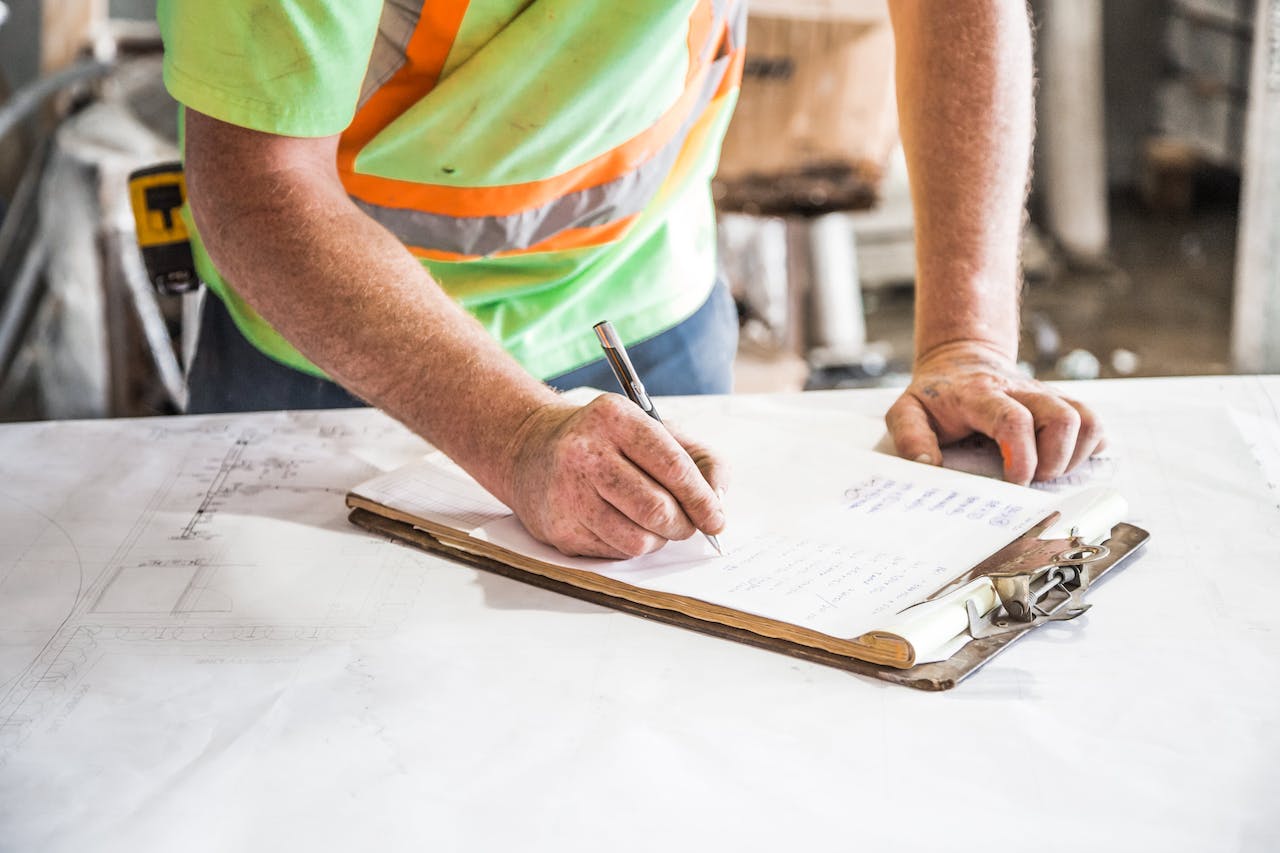The idea of technology in construction is challenging to comprehend. While technology doesn’t require much manual labour and construction does, there is a conceptual divide between the two. What then fills the gap? How are what happens on-site and what happens off-site in sync? Here are some solutions that can help with this topic’s questions.
The way projects are planned, managed and implemented has experienced a major digital transition in recent years in the construction business.
Streamlining operations, boosting efficiency, and assuring the synchronisation of both onsite and remote work processes have all been made possible by the combination of Construction Management Software (CMS), Robotics, and Job Site Management Software. This ground-breaking synergy has created new opportunities for efficiency and teamwork, catapulting the construction industry into a vibrant period of advancement and innovation.
Additionally, the use of digital tools encourages stricter safety regulations on building sites. Robotics, for instance, can do risky tasks, mitigating the hazards that employees incur when engaging in high-risk activities. This not only guarantees the safety of the employees working on-site, but also enables off-site staff to monitor and direct activities in a more secure setting.
What is Construction Management Software and how it is integral to technology in construction :
The use of construction management software is essential to the digital transformation of the industry. These advanced platforms provide a full range of features to simplify project planning, resource allocation, and stakeholder communication. Real-time data interchange made possible by CMS ensures that on-site employees and off-site management are connected in an efficient manner, reducing delays and promoting quick decision-making.
Project managers now have access to vital data concerning material stocks, employee schedules, and project timetables through a single, centralised platform thanks to a unified interface. The improved visibility enables prompt reactions to unforeseen difficulties and guarantees that onshore and remote personnel collaborate to achieve shared project objectives.
How Robotics is integrated and how is it advantageous to this field of work :
The use of robotics in construction has increased worksite operations’ level of accuracy and efficiency. Modern robotic systems are frequently used to perform operations like bricklaying, welding, and concrete pouring, which lessens the need for manual labour and reduces the risk of human error. Robotics also makes it possible to quickly assemble modular parts, maximising the advantages of off-site manufacture.
Construction time frames are shortened, costs are decreased, and overall project quality is improved because of this seamless interaction between robots and off-site prefabrication facilities. Robotic technology’s position in onsite construction is expected to grow as it develops, enabling even more synchronisation with offshore activities and revolutionising the productivity of the sector.
How is the sync between Onsite work and Offsite work maintained ?
One of the most common challenges faced in a system that involves both Onsite work and Offsite work is the communication between both the teams. Being in proximity to your colleagues makes the communication within the team much more effective.
It ensures seamless communication between all the parties involved to eradicate the obstacles caused by a lapse in communication. Moreover, digital tools provide real-time updates on the progress on the project happening Onsite which in turn leads to prompt and efficient date-driven decision making . Since these platforms acts as a central communication platform, it avoids delays that occur due to miscommunication regardless of the location of the teams responsible.
There are more advantages such as being able to track the progress of the tasks assigned. Apart from tracking the progress of a given task, it also assigns the task to the people responsible so there is transparency which allows the project managers to promptly solve issues and also increases the accountability of the work assigned.
The synergy of all the tools mentioned above will eventually lead to cost cutting and achieves perfect synchronisation amongst all the parties involved. Construction companies can keep up with deadlines. Moreover, they can always stay within the said budget and avoid situations where corrections are required.
Significant cost reductions have been achieved by synchronising onsite and remote activities through digital transformation. Construction companies may finish jobs on schedule and within budget by lowering rework and enhancing project efficiency. Additionally, the use of digital tools enables predictive maintenance, which guarantees that machinery is in top shape, minimises downtime, and boosts total production.
To conclude:
In conclusion, there are more advantages than disadvantages by opting to digitally transform this sector of work. The challenges faced are mostly during the initial phases when the transition happens because it’s a new system and to adapt to the new skills and techniques, the teams involved would require to acquire some new skills.
Apart from acquiring these new skills, adapting to the new system and making it work like a well oiled machine can be a challenge.Lastly and the most important concern of all is maintaining data security and privacy for the client and company involved is challenging and non-negotiable.




